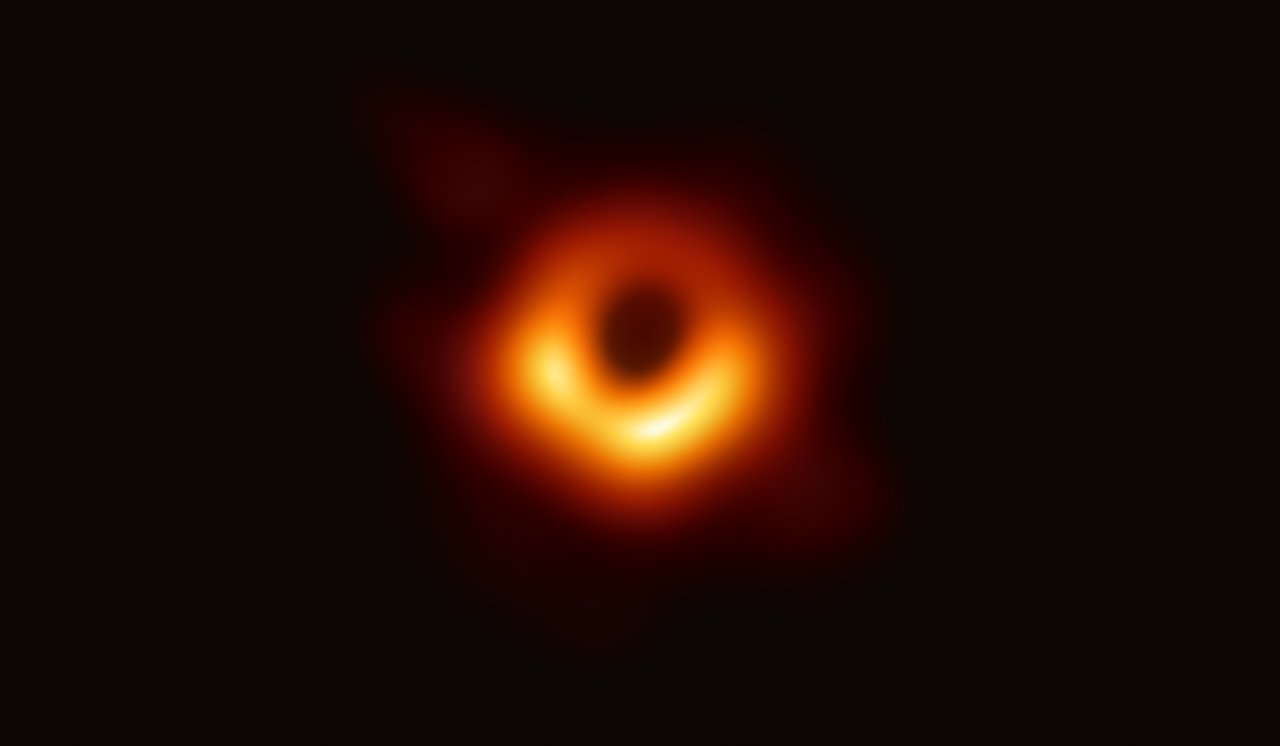Event Horizon Telescope (EHT) – Study Notes
Overview
The Event Horizon Telescope (EHT) is a global network of radio telescopes collaborating to form an Earth-sized virtual telescope. Its primary goal is to directly observe the immediate environment of a black hole, particularly the region known as the event horizon—the boundary beyond which nothing, not even light, can escape.
Structure and Function
Very Long Baseline Interferometry (VLBI)
- VLBI is the technique used by EHT, synchronizing telescopes worldwide to act as a single, enormous telescope.
- Achieves an angular resolution of ~20 microarcseconds, sufficient to image the shadow of a black hole.
Participating Telescopes
- Telescopes on multiple continents: North America, South America, Europe, Antarctica, and East Asia.
- Examples: ALMA (Chile), South Pole Telescope (Antarctica), IRAM (Spain), SMA (Hawaii).
Data Collection and Processing
- Each site records petabytes of data onto high-speed hard drives.
- Atomic clocks (hydrogen masers) ensure precise timing.
- Data physically shipped to central locations (MIT Haystack Observatory and Max Planck Institute) for correlation and image synthesis.
Imaging a Black Hole
- First Image (2019): The supermassive black hole at the center of galaxy M87 (M87*).
- Technique: EHT detects radio waves emitted by superheated material spiraling into the black hole.
- Result: A bright ring (accretion disk) surrounding a dark “shadow,” which is the black hole’s silhouette.

Diagram: How EHT Works

Key Concepts
| Term | Definition |
|---|---|
| Event Horizon | The boundary around a black hole beyond which nothing can escape. |
| Accretion Disk | Hot, glowing matter spiraling into a black hole. |
| Schwarzschild Radius | The radius of the event horizon for a non-rotating black hole. |
| Interferometry | Combining signals from multiple telescopes to simulate a larger aperture. |
Surprising Facts
- Time Synchronization: EHT’s telescopes are synchronized to within a billionth of a second using atomic clocks.
- Data Volume: EHT generates so much data that it is faster to ship hard drives by airplane than to transmit data over the internet.
- Imaging Technique: The EHT does not capture a direct photograph; instead, it reconstructs images from radio wave data using complex algorithms.
Memory Trick
EHT = Earth-sized, Horizon-seeking Telescope
- Earth-sized network
- Horizon of black holes
- Technology-driven imaging
Global Impact
- Testing General Relativity: EHT provides the most direct evidence for the existence of black holes and tests Einstein’s theory of general relativity in strong gravity regimes.
- International Collaboration: Unites over 200 scientists and numerous institutions across the globe.
- Public Engagement: The first image of a black hole became a cultural milestone, boosting interest in astrophysics and STEM fields.
- Data Science: Pushed the boundaries of big data processing, algorithm development, and international data transfer.
Connection to Technology
- Advanced Computing: Image reconstruction relies on supercomputers and machine learning algorithms.
- Atomic Clocks: Essential for precise time-stamping and synchronization.
- Data Storage: Handling petabyte-scale datasets requires cutting-edge storage and transfer solutions.
- Software Development: Open-source software for data analysis and image synthesis (e.g., eht-imaging library).
- Cloud Collaboration: Researchers use cloud platforms for data sharing and collaborative analysis.
Recent Research
A 2022 study, "First Sagittarius A Event Horizon Telescope Results. I. The Shadow of the Supermassive Black Hole in the Center of the Milky Way"* (EHT Collaboration, 2022), reported the first direct image of the Milky Way’s central black hole (Sgr A*), confirming predictions of black hole shadow size and shape from general relativity.
Unique Insights
- Algorithmic Innovation: EHT’s imaging relies on regularized maximum likelihood and CLEAN algorithms, tailored for sparse, noisy data.
- Polarization Mapping: EHT can map magnetic field lines near black holes by analyzing polarized light, providing clues about jet formation.
- Future Upgrades: Planned inclusion of more telescopes and higher frequencies will further enhance image resolution and scientific output.
Bacteria in Extreme Environments (Connection)
- Parallel to EHT: Just as some bacteria survive in extreme environments (deep-sea vents, radioactive waste), the EHT operates in extreme observational conditions—remote, high-altitude, and harsh climates.
- Technological Adaptation: Both fields require robust technology to function under extreme physical conditions, highlighting the intersection of biology and engineering.
Summary Table
| Aspect | Details |
|---|---|
| Purpose | Directly image black hole event horizons |
| Technique | VLBI, radio interferometry |
| First Success | M87* (2019), Sgr A* (2022) |
| Data Volume | Petabytes per observation |
| Impact | Physics, data science, international collaboration |
| Technology | Atomic clocks, supercomputers, big data, cloud platforms |
References
- Event Horizon Telescope Collaboration. (2022). First Sagittarius A Event Horizon Telescope Results. I. The Shadow of the Supermassive Black Hole in the Center of the Milky Way*. The Astrophysical Journal Letters, 930(2), L12. Read here
- Event Horizon Telescope official site: https://eventhorizontelescope.org
End of Notes